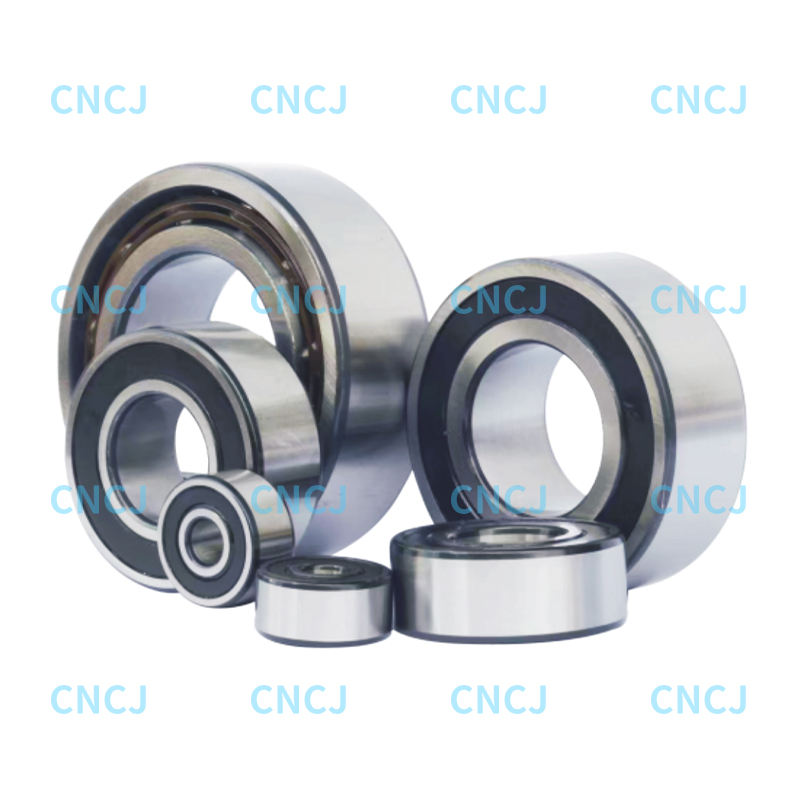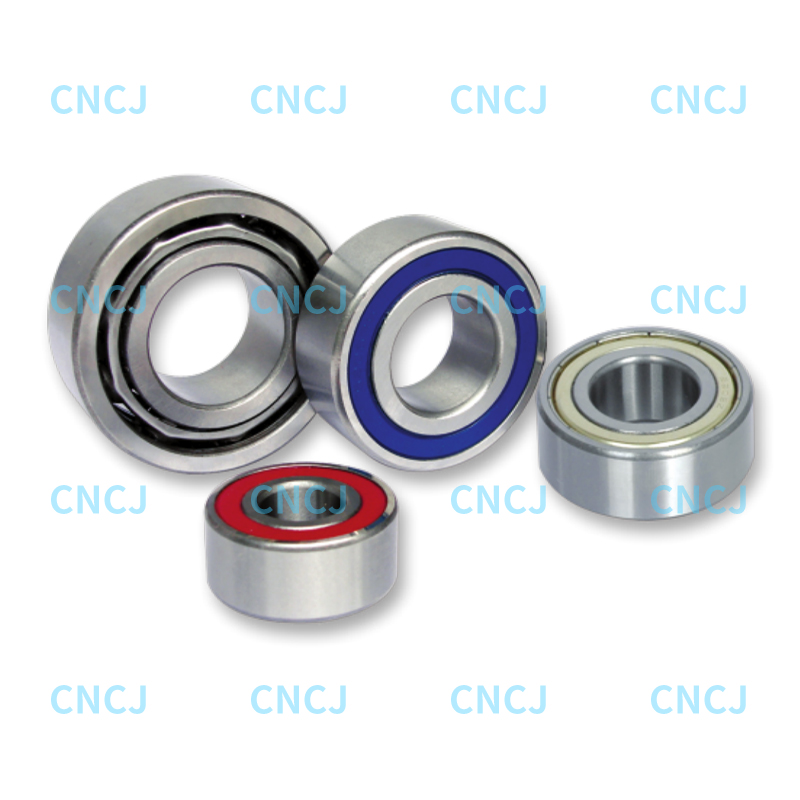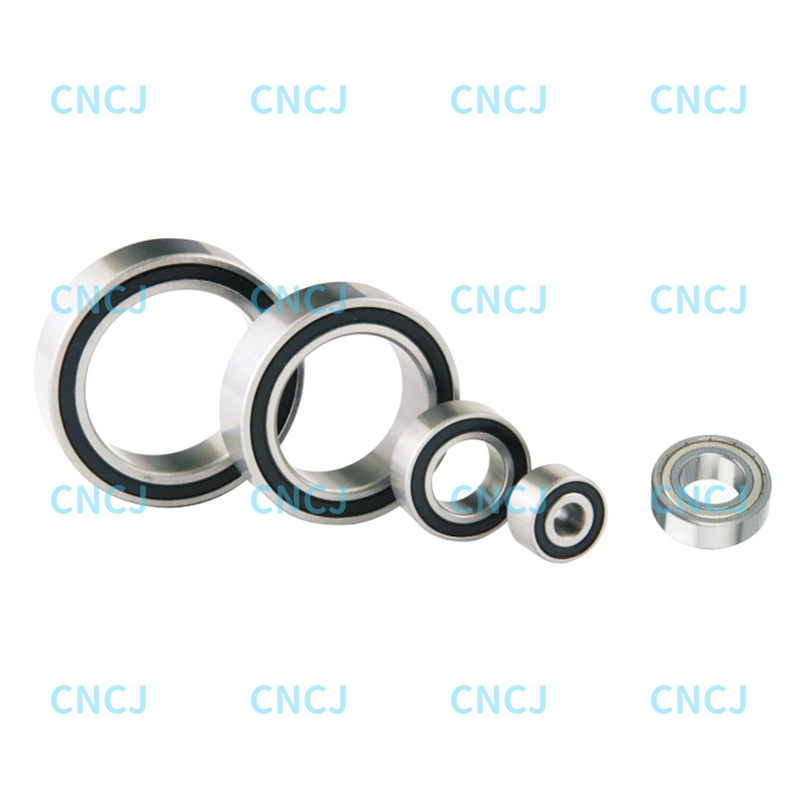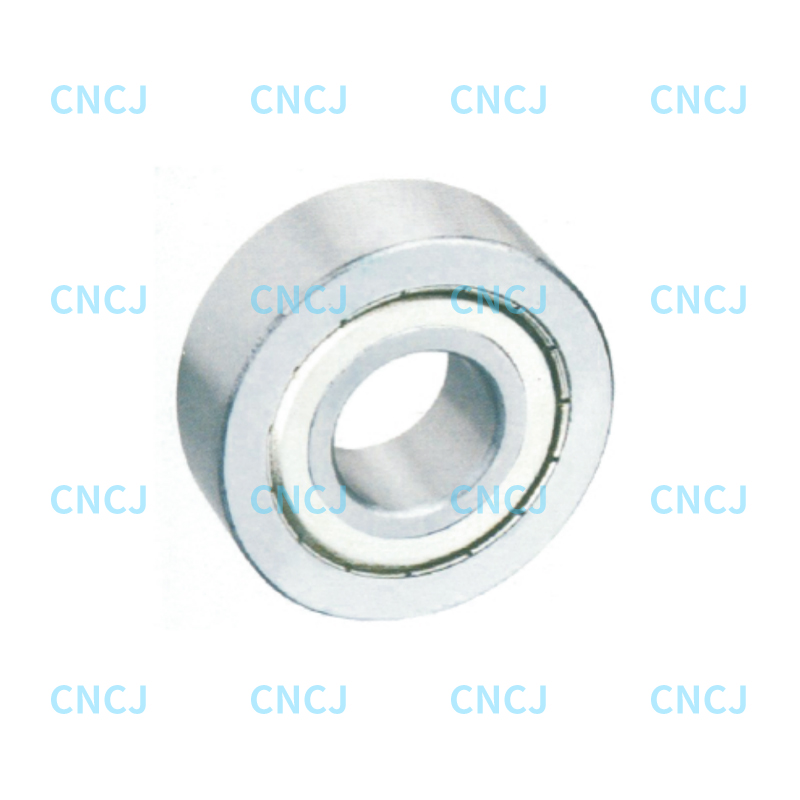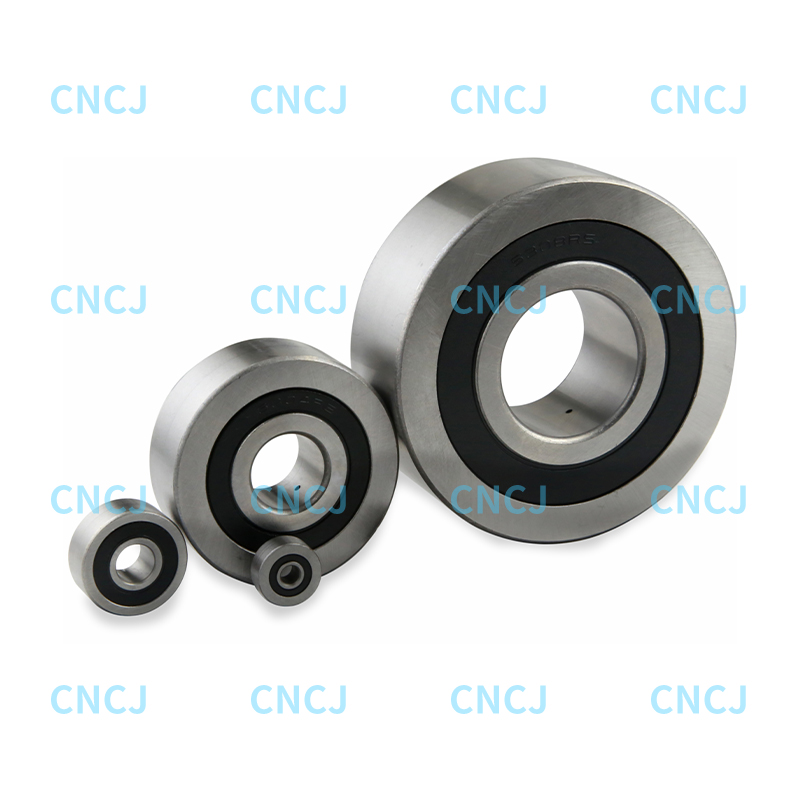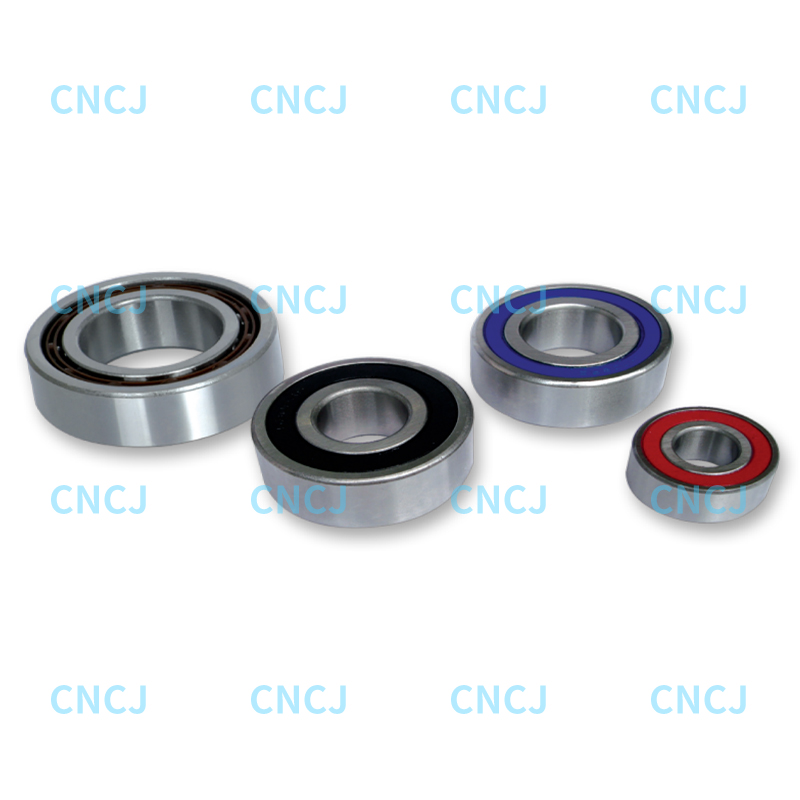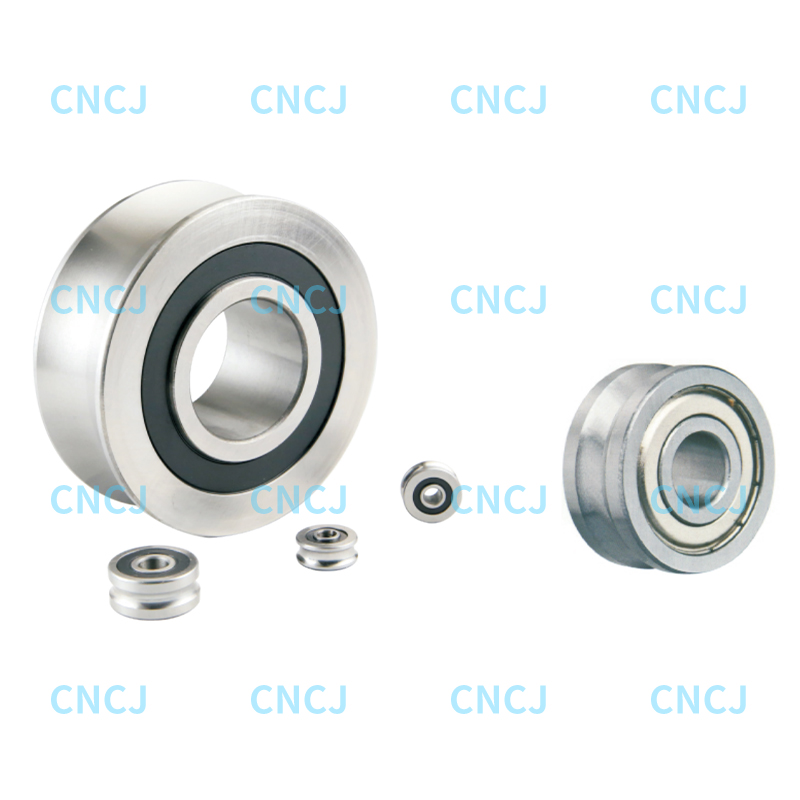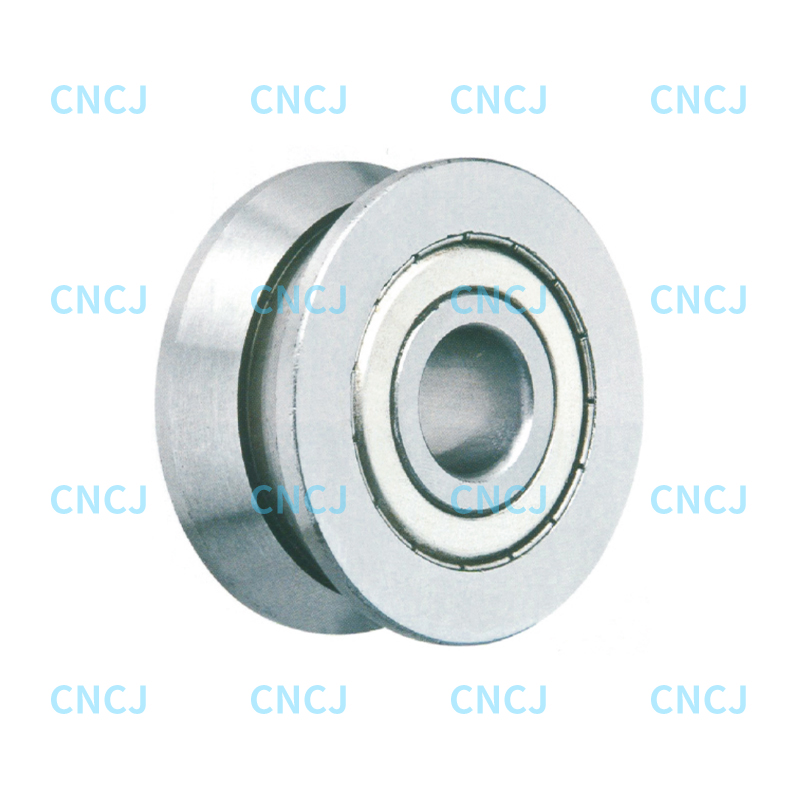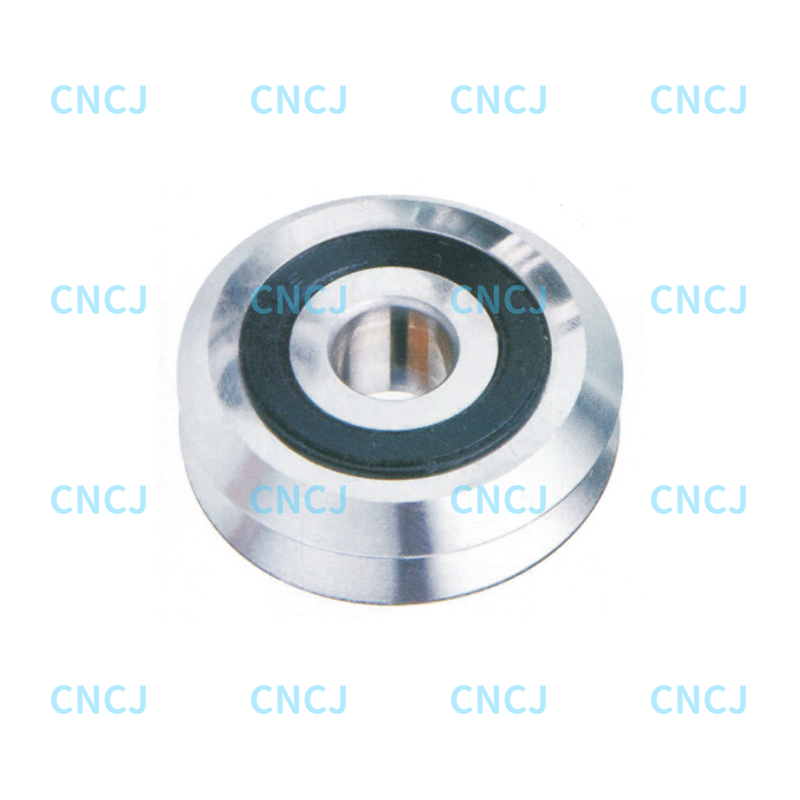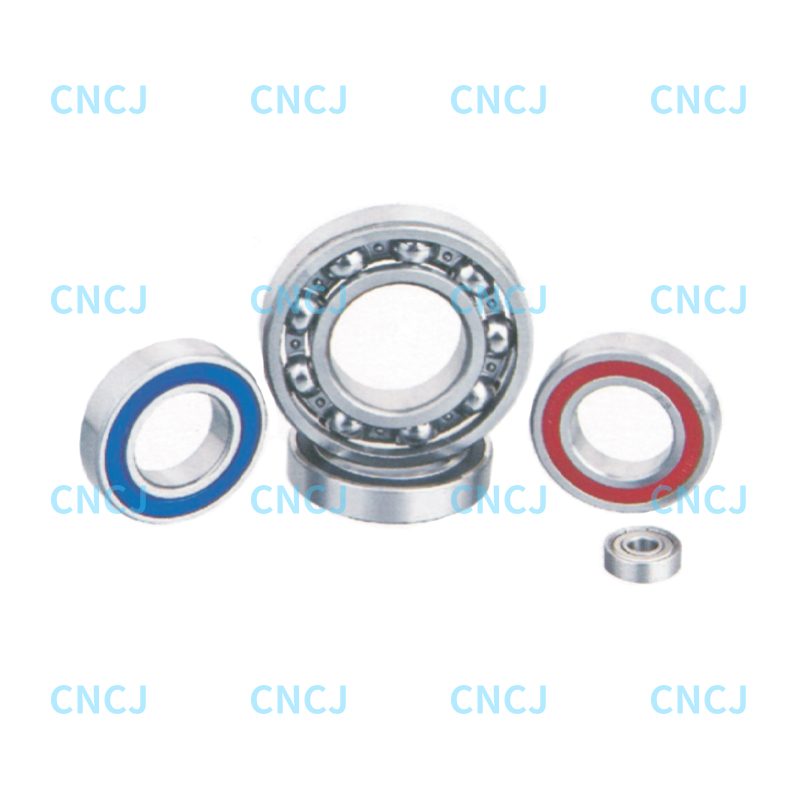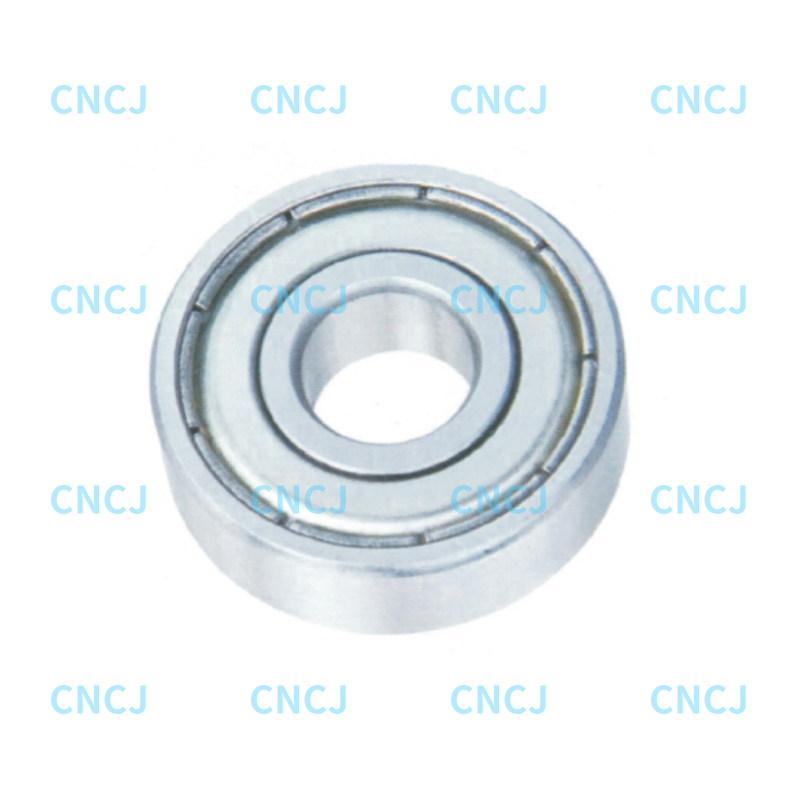Double row angular contact ball bearings are widely used in high precision and high load equipment, and their performance directly affects the overall operating efficiency and life of the machinery. To ensure optimal performance, correct installation is essential. This article will explore the key steps and precautions for installing double row angular contact ball bearings.
1. Preparation
Before installation, ensure the following conditions:
Clean environment: The installation area should be kept clean to prevent dust and debris from entering the bearing.
Tool preparation: Prepare appropriate installation tools, such as bearing installation tools, torque wrenches, and grease.
Inspect parts: Before installation, check whether the bearing and its mating parts have damage or defects.
2. Lubrication
Before installation, the bearing must be properly lubricated. Lubrication can reduce friction, lower operating temperatures, and extend service life. Select the appropriate grease according to the manufacturer's recommendations and apply it evenly between the rolling elements and the inner and outer rings.
3. Proper alignment
When installing, ensure that the inner and outer rings of the bearing are properly aligned. Eccentricity or misalignment can cause premature bearing failure. Use alignment tools or reference lines to assist alignment.
4. Installation method
Hot installation method: For large-size bearings, hot installation method can be used. Heat the bearing to an appropriate temperature (usually 80-100°C), expand it, and then quickly install it on the shaft or seat. Be careful not to exceed the heat resistance limit of the material.
Cold installation method: Small bearings can be installed directly by hand. Use special installation tools and avoid hitting the bearing directly with a hammer to prevent damage.
5. Pressure distribution
During the installation process, ensure that uniform pressure is applied. Avoid applying excessive force at one point, which may cause deformation or damage to the bearing.
6. Assemble accessories
After the bearing is installed, continue to assemble related accessories, such as seals and retaining rings, to ensure that the parts fit well and prevent foreign matter from entering.
7. Running test
After the installation is completed, perform the initial running test. Check whether the bearing runs smoothly and whether there is any abnormal noise or abnormal vibration. If necessary, it can be run at low speed for a period of time to ensure that everything is normal.
8. Regular inspection and maintenance
Even after the installation is completed, the bearing needs to be inspected and maintained regularly to monitor its working condition. Regularly change the grease and check the wear to extend the service life of the bearing.

 English
English 中文简体
中文简体 Deutsch
Deutsch Español
Español